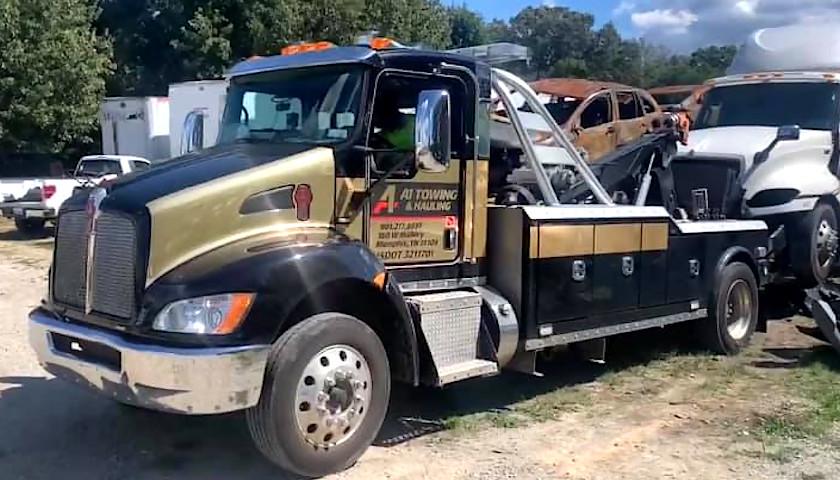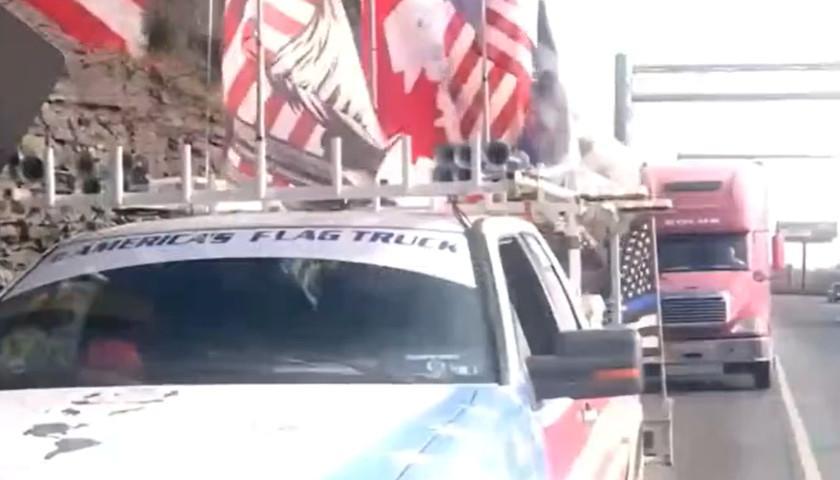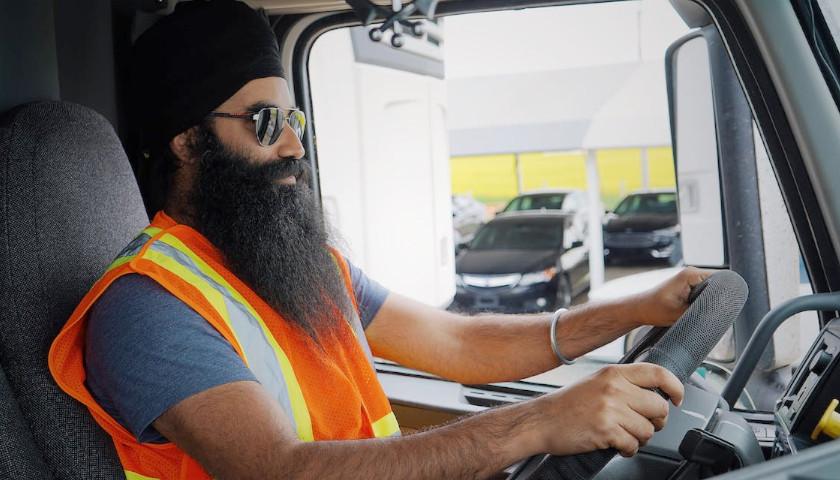by Patrick Carroll
If you’ve ever been stuck behind a transport truck on a highway, you know how annoying it can be. The worst part is when trucks are trying to pass each other. A line of cars builds up behind them as they drive side-by-side for what seems like an eternity.
That problem may be about to get a whole lot worse in the coming years. On April 27, the Federal Motor Carrier Safety Administration (FMCSA) issued a Notice of Intent stating they are planning to pursue new rules that would require the use of speed limiters for trucks. The limiters would be set up on a truck’s internal computer and would make it impossible for the driver to exceed a certain maximum speed.
“The National Roadway Safety Strategy identified speed as a significant factor in fatal crashes and speed management as a primary tool to reduce serious injuries and fatalities,” the FMCSA said in the Notice. “FMCSA is moving forward with this rulemaking because of concerns about the number of CMV [Carrier Motor Vehicle] crashes and fatalities traveling at high speeds…The rule will help reduce crashes and save lives on our nation’s roadways.”
The Notice of Intent does not propose what the maximum speed should be. It’s still early in the process, and at this point the FMCSA is mostly looking for public comments on the idea.
There is one hint about what it might be, however. April’s Notice of Intent is a follow-up on a similar proposal made back in 2016, and that proposal sought comments on maximum speeds of 60, 65, and 68 miles per hour, so it’s likely the FMCSA is thinking of something in that ballpark.
The reaction to the Notice has been mixed. Some industry groups are applauding the agency for taking action, but others are raising concerns.
“Studies and research have already proven what we were all taught long ago in driver’s ed classes, that traffic is safest when vehicles all travel at the same relative speed,” said Todd Spencer, president of the Owner-Operator Independent Drivers Association (OOIDA). “Limiting trucks to speeds below the flow of traffic increases interactions between vehicles which can lead to more crashes.”
Spencer also noted that traffic congestion caused by slow trucks could become a much bigger problem under the new rule.
There are also other concerns with the proposed rule beyond safety and congestion. As trucker Jaxon Allen explains in an Instagram video, mandated speed limiters would likely have a negative impact on supply chains, because trucks would take longer to reach their destination. Of course, having to go a few miles per hour slower doesn’t sound like much, but the extra time for trips would add up. Truckers’ wages may also take a hit, since they wouldn’t be able to cover as many miles.
So, are speed limiters a good idea? Is 60 or 65 or 68 mph the right limit? It’s tempting to take a side on these questions, but there’s a more fundamental question here that needs to be asked first. Namely, who should get to decide?
The current decision mechanism, where the bureaucrats at the FMCSA make the call, has a serious problem. Since bureaucrats look good when roads are safer and get blamed when there are more accidents, they have an incentive to be cautious (we’ll assume, for the sake of argument, that imposing speed limiters would in fact make roads safer). The problem is, they have no counterbalancing incentive to consider opposing concerns like efficiency or congestion. They lose nothing if traffic congestion becomes intolerable or if supply chains get strained, but they stand to lose a lot in terms of reputation if traffic accidents increase. As a result, they have an incentive to be overcautious, making rules far more stringent than what’s appropriate for the circumstances (this parallels the incentive problem with the FDA).
So, how can we create a better incentive structure? One way would be to privatize roads, and let each individual road owner make the rules for their road.
Unlike government bureaucrats, private road owners have an incentive to make rules that strike the best balance between safety and other factors, as determined by their customers, drivers. Rules that are too loose would lead to more accidents, which would tarnish the reputation of the road, causing fewer people to drive on it and leading to lower profits for the owner. On the flip side, rules that are too stringent would also turn away drivers, perhaps because there’s too much congestion.
Thus, with private roads, the rules that are created would gravitate toward the rules that drivers think are best. Road owners would have a strong financial incentive to avoid rules that are too dangerous and rules that are too safe. In other words, while bureaucrats are constantly veering into the ditch of being too cautious, private roads would keep their rules in the middle, away from the ditch of extreme caution on the one side and the ditch of extreme danger on the other side.
Contrary to popular belief, libertarianism is not about having no rules on the road. Rather, it’s about reimagining the way that these rules are formed. By privatizing roads, we can create an incentive structure that rewards the best rules and weeds out the ones that don’t make sense. Since road owners have to be responsive to drivers to make profits, the rules that emerge will reflect the values and concerns of drivers, rather than the values and concerns of bureaucrats.
In fact, for all we know, roads may actually get safer under private management, because entrepreneurs will be experimenting with various rules and design features to this end. It’s counterintuitive, but moving away from safety regulations might just be the best way to save lives.
Perhaps it’s at least worth an experiment?
– – –
Patrick Carroll has a degree in Chemical Engineering from the University of Waterloo and is an Editorial Fellow at the Foundation for Economic Education.






After having returned from a 2200 mile trip to New England, most of which was on the interstate system, I can say that this is a really bad idea. Yes, long lines of cars get stuck behind trucks passing in the left lane on a hill, but forcing them to drive slower than the cars is not going to benefit anyone. Speeds for trucks are already reduced in some areas and the truckers by and large follow them. The real threat to human life are the automobile drivers who completely ignore the speed limits.What would be a real improvement to safety is increasing 2 lane highways to 3 lanes with a cars only restriction to the left lane.
I was never so thankful to get home as after that trip. The interstate highways are very dangerous, but not due to the trucking industry.